
Skoda Octavia Estate (2013-2020) engines, drive and performance
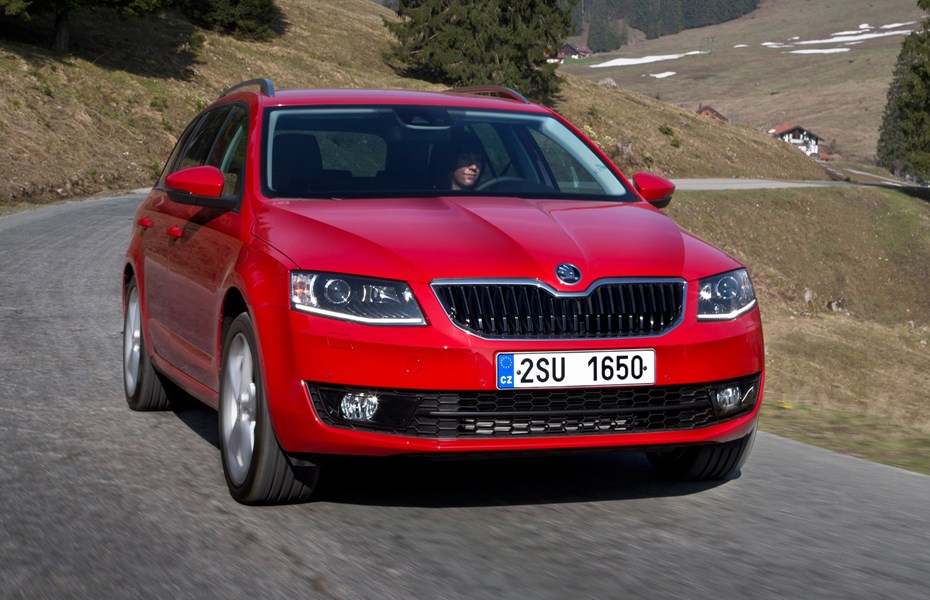
- Four engines to choose from
- Manual or auto, two- or all-wheel drive
- Petrol and diesel vRS options too
You’ve got a choice of five petrol and two diesel engines when choosing a used Octavia Estate, with manual and DSG automatic gearboxes and the option of two- or all-wheel drive.
Petrol engines
For occasional load-lugging and frequent town miles, the 1.0-litre version could well be all the Octavia you need. It’s far from slow when it comes to accelerating from 0-62mph, taking 10.1 seconds, and it can reach 123mph. It’s geared for relaxed motorway progress and can exceed 50mpg, though performance and economy do suffer when it has more people – or stuff – on board.
You can get a better balance of power and economy by looking for either the 2015-on 150hp 1.5-litre TSI Evo (ACT), which has cylinder deactivation, or the earlier 1.4 TSI which has 140hp. There’s a rare 1.8 TSI model as well, which offers 180hp.
Finally there’s the 2.0-litre TSI engine, which is reserved for the Octavia vRS and offers 220hp in the earliest models, up to 245hp in the final version. We ran two forms of this car as long termers – the 245 auto and the 230hp version that came before it. Both were excellent petrolhead family cars, offering loads of room and a comfy ride but with the option to spice up solo drives too.
Diesel engines
Slightly more convincing in terms of running costs and pulling power for the Octavia Estate are the two diesel engines – a frugal 1.6 and a punchier 2.0-litre. The 1.6-litre is not known for being particularly reliable, and it’s quite slow – though, you can get it with 4x4, where most AWD versions of this platform are reserved for higher performance models.
It’s also worth noting that Skoda were given Euro 6 engines relatively late on compared with Audi and Volkswagen, so you should always check the car you’re looking at is ULEZ compliant on TfL’s own website – don’t assume a 2015 model will be just because the same engine in an Audi is.
The best all-round choice is the 150hp 2.0-litre TDI, with a strong 340Nm of torque and 0-62mph time of 8.6 seconds. Despite this it’s still cheap to run (especially when compared with the petrols) and due to a boost in power over its smaller sibling, this version is easier to keep quiet because it doesn’t need its neck wringing in order to make good progress.
The diesel Octavia vRS range is all-wheel drive, with 185hp and 370Nm motor. What it gives away in outright sprinting ability it more than makes up for in strong in-gear acceleration and much lower running costs.
Handling
- Comfortable and confident handling
- vRS models add additional driver enjoyment
- On the whole ease of use is the priority
This generation of Octavia Estate drives very well, with characteristics similar to the VW Golf in feel – not surprising as the Octavia shares similar underpinnings. Although you’d be unlikely to describe it as exciting to drive, it’s a stable, comfortable and easy car to pilot.
The 4x4 system has some benefits for everyday driving as well as offering security on loose surfaces. Power is sent to the rear wheels during fast cornering to help keep the car balanced, and the electronic differential system of the vRS gently brakes the inside wheels to help the car take a tighter line while cornering.
Fitted with the optional adaptive dampers the vRS features a much tauter chassis than the standard car, meaning it stays more levels and composed in corners. It has a comfortable ride despite the sportier edge – even the firmest Octavia feels a little softer than its VW or SEAT rivals.
A limited slip differential (optional on early models) is a feature worth seeking out when buying a used Octavia vRS. Without it the car can wash wide in corners, sometimes unpredictably in the wet, while this model allows you to turn in to corners at much higher speeds as long as the tyres and suspension are in good condition.


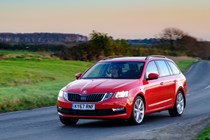
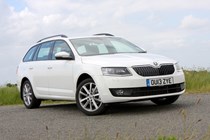
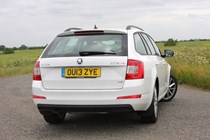
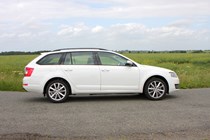
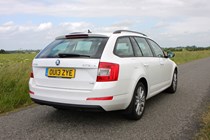
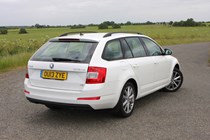
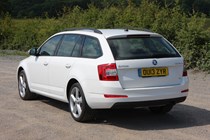

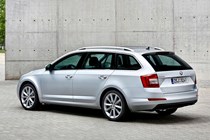
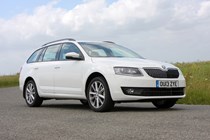
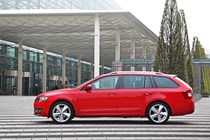
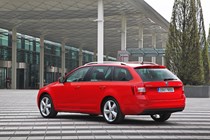
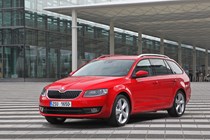
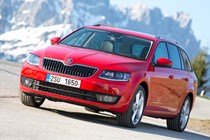
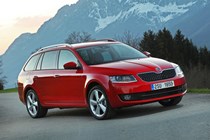
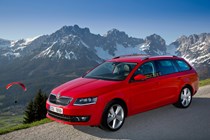
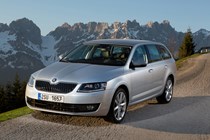
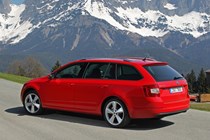
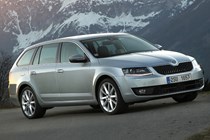
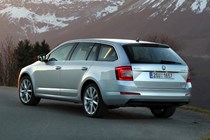
.jpg)
.jpg)
.jpg)
.jpg)
.jpg)
.jpg)
.jpg)

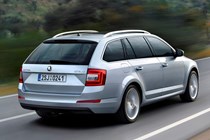
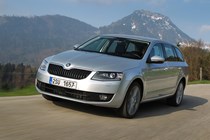
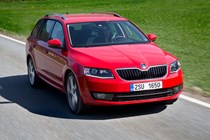
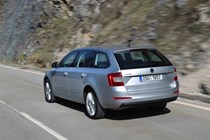
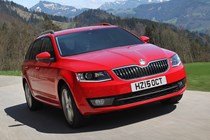
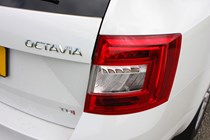
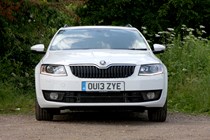
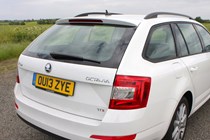
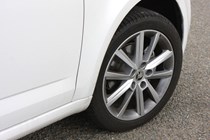
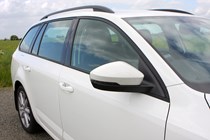
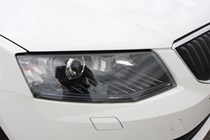
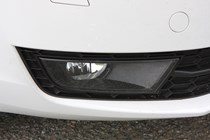
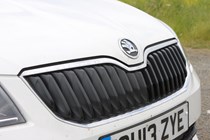
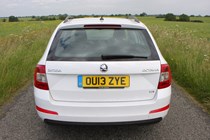
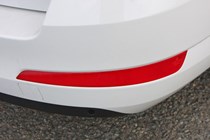
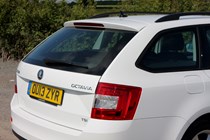
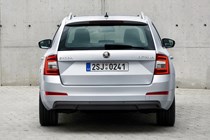
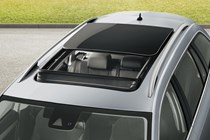
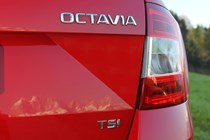
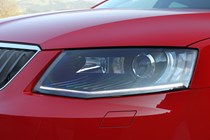
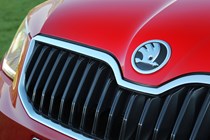


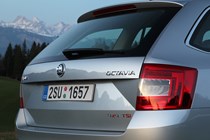
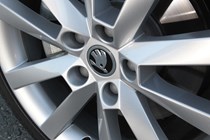
.jpg)
.jpg)
.jpg)
.jpg)
.jpg)
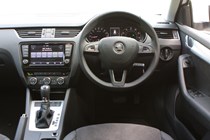
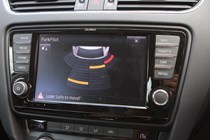
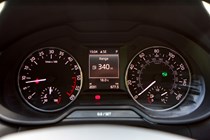
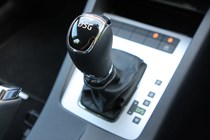
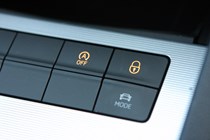
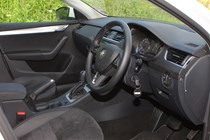
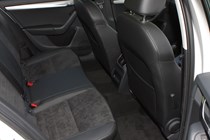

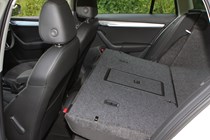
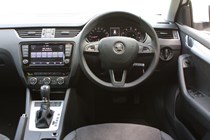
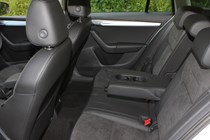
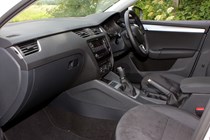
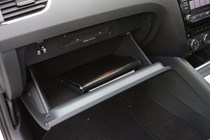
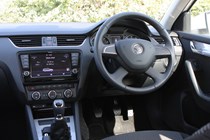
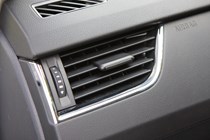
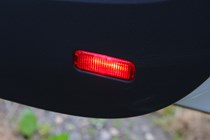
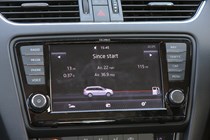
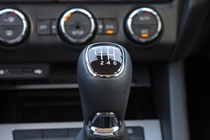
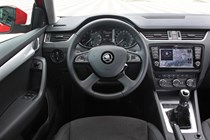
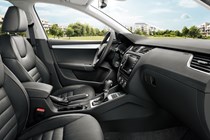
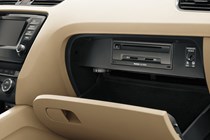
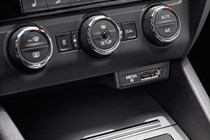
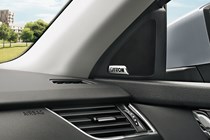
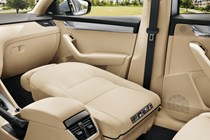
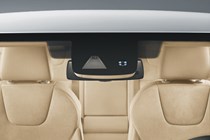
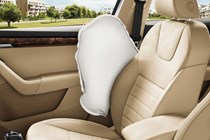
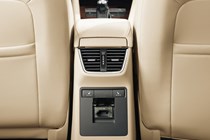
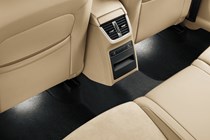
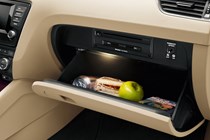
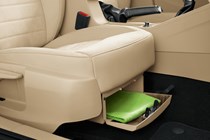
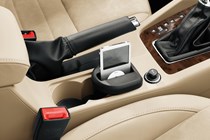
.jpg)
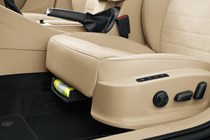
.jpg)
.jpg)
.jpg)
.jpg)
.jpg)
.jpg)
.jpg)
.jpg)

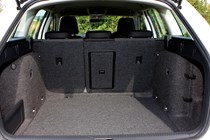
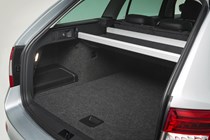
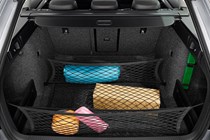
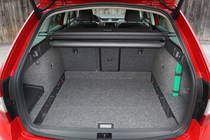
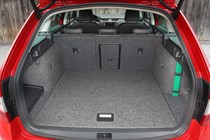
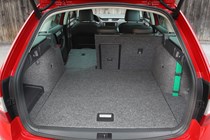
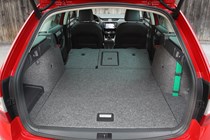
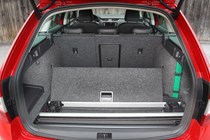
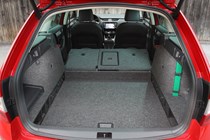
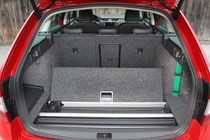
.jpg)
.jpg)
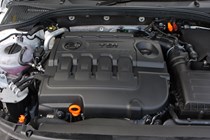
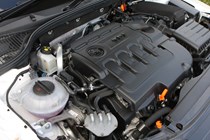
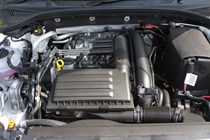
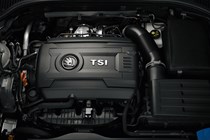
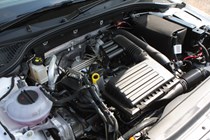
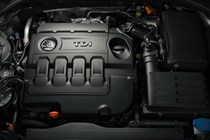
.jpg)
.jpg)






















.jpg?quality=50)
.jpg?quality=50)
.jpg?quality=50)
.jpg?quality=50)
.jpg?quality=50)
.jpg?quality=50)
.jpg?quality=50)


























.jpg?quality=50)
.jpg?quality=50)
.jpg?quality=50)
.jpg?quality=50)
.jpg?quality=50)































.jpg?quality=50)

.jpg?quality=50)
.jpg?quality=50)
.jpg?quality=50)
.jpg?quality=50)
.jpg?quality=50)
.jpg?quality=50)
.jpg?quality=50)
.jpg?quality=50)











.jpg?quality=50)
.jpg?quality=50)






.jpg?quality=50)
.jpg?quality=50)